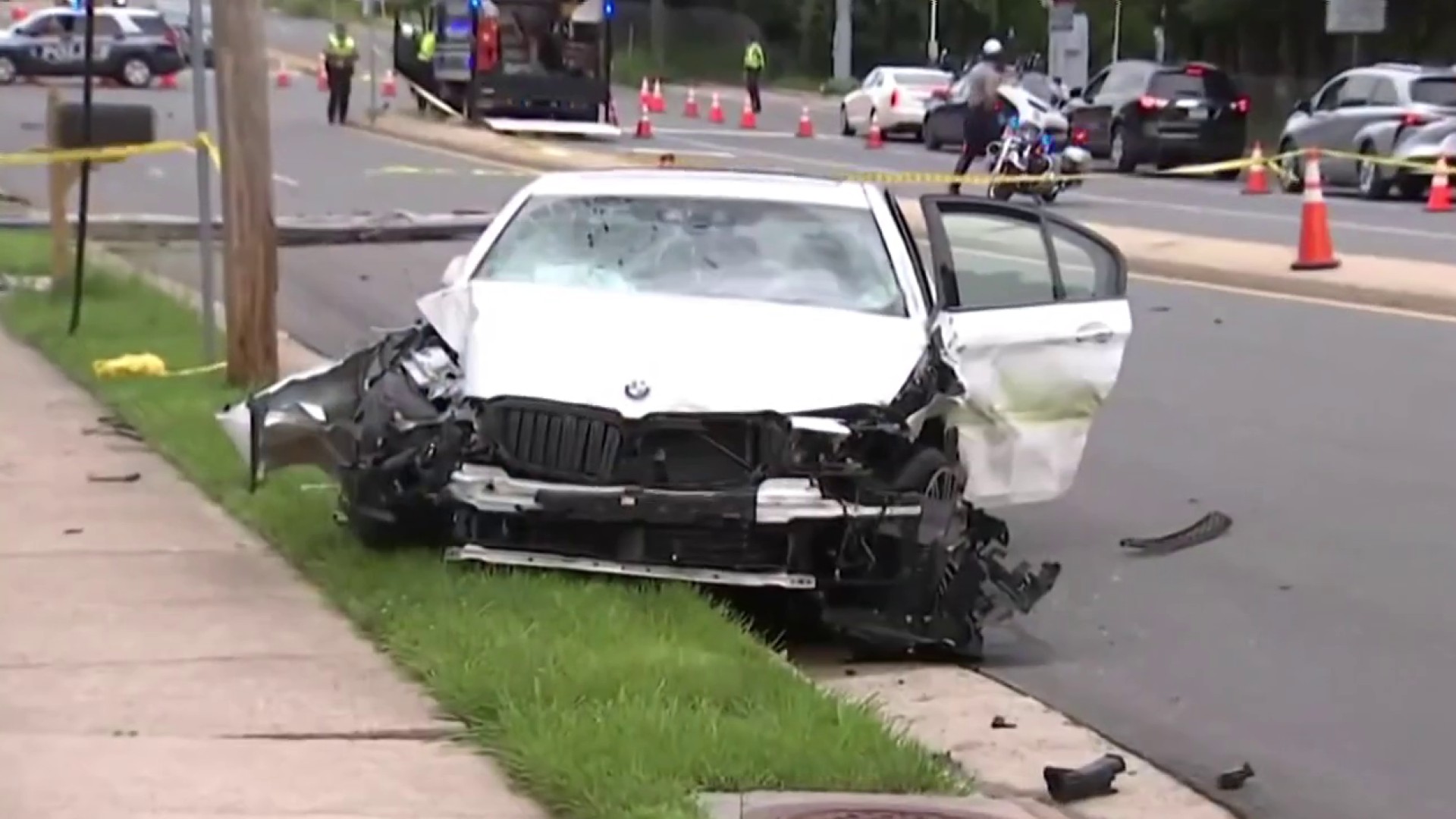In recent years, historic plantations in Virginia have worked to refocus attention on people who were enslaved. Over the past month, Belle Grove Plantation near Winchester found a special way to do that.
A grant from the National Trust for Historic Presentation, a nonprofit organization that focuses on preservation, funded self-taught woodworker Jerome Bias' residency at Belle Grove, which wraps up Sunday.
Bias, a biologist by training, became interested in woodworking while furniture shopping in North Carolina, where he learned an expensive bed he wanted was modeled after the work of a free, Black cabinet maker in the 1800s.
“I didn't know we did anything like this,” Bias said. “I didn’t know we were free, that there were free Black folks in the 19th century, and I didn’t know Black folks free or enslaved made anything.”
We're making it easier for you to find stories that matter with our new newsletter — The 4Front. Sign up here and get news that is important for you to your inbox.
He began his exploration of woodworking by making a bed and exploring his family’s past, learning about his enslaved ancestors.
“We often talk about these pieces in terms of the white folks who owned them, the enslavers who owned them,” Bias said. “I wanted to know what were the Black folks who actually used them, who were making the bed or putting the dishes in and out of this cabinet.”
Bias said during his exploration, he found out his grandmother was enslaved in Louisville, Kentucky. It inspired him to work on a cabinet that could have been in the kitchen where his ancestor cooked.
Northern Virginia
Northern Virginia news, events and updates
Bias’ journey to share and demonstrate the reality of the enslaved people is part of the renewed efforts by Belle Grove to teach visitors about everyone who lived on the plantation.
The estate looks to write biographies of some of the almost 300 people who were enslaved.
Bias said he wants visitors to see the enslaved people as people who had family, love and were able to find hope when there was no hope to be found.
“When I’m down here, I’m hearing the ancestors speak to me,” Bias said. “Saying we are here, we were here, we loved each other here. We formed families here and we love you, too.”



